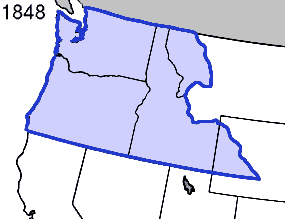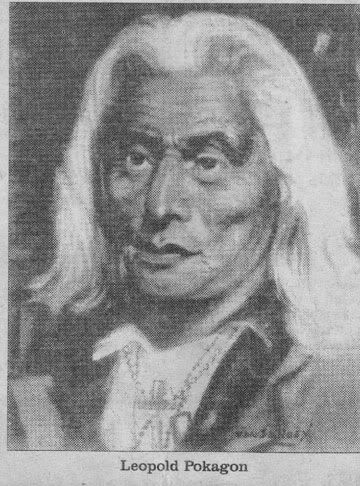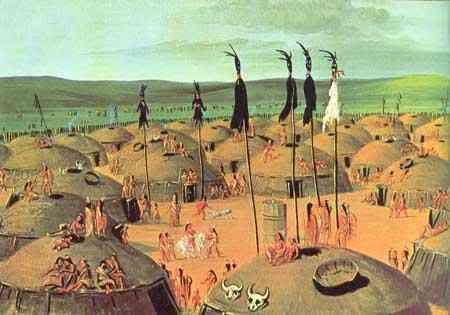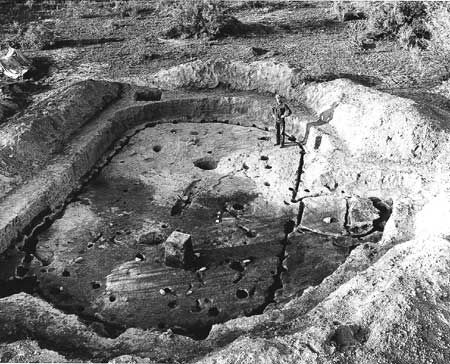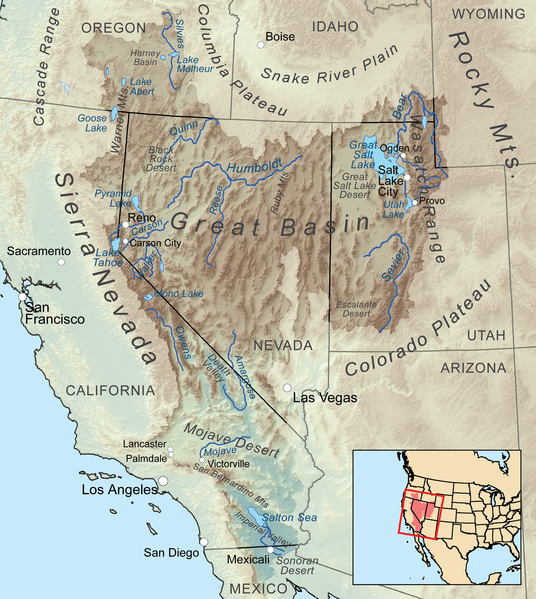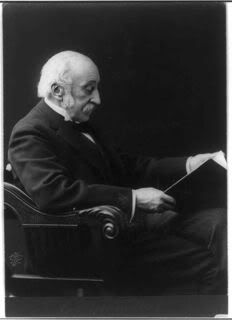President James Polk and the Indians
James K. Polk was the dark horse who became President of the United States in 1845. Polk set four goals for his administration and two of these had major implications for American Indians: (1) the acquisition of the Oregon Territory, and (2) the acquisition of California and New Mexico. Polk himself had little direct contact … Continued
